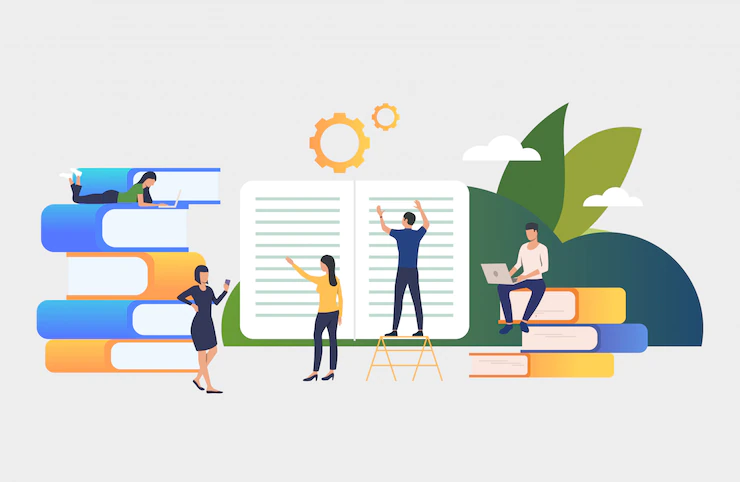
Essential Online Research Skills That Every Highschooler Should Master
Essential Online Research Skills That Every Highschooler Should Master
The Internet ‘knows it all’! There is an ocean of information available on the net going beyond definitions and paragraphs in the school textbooks. When students are encouraged to research online, they have a better opportunity to delve deeper into the Scientific ‘topics’ and gain confidence. Nowadays, most schools across the world, including Dubai in the Middle East and GCC nations, allow children to use laptops during break-out sessions so that they can refer to the net for learning purposes.
A proper Google search can clarify doubts that the learner might have while studying about say; ‘Newton’s Laws of Motion’ or ‘atomic physics’. One even feels more prepared to attempt collating a research paper for submission to school and answer lengthy subjective exam questions effortlessly.
However, there is no formal training available on how ‘research’ needs to be conducted on Google. There isn’t a step-wise guide that tells you what to do next! Unfortunately, the student usually resorts to using a trial and error method to get to the core of finding a satisfactory conclusion to their doubts.
Through this blog, we aim to highlight simple methods that will ease your burden as a prudent researcher and save oodles of time on deciding which web pages to refer to and which ones to ignore.
Using Google Scholar
Google Scholar functions pretty much like the normal search engine, except that Google Scholar helps in searching special ‘Scholarly Literature’ from the web. By using just one platform you can search across many different articles, books, theses, and even review popular opinions by academic scholars. Students can look up for ‘up to date’ content, without worrying about its authenticity and can trust it to be relevant in the current scenario.
Keep it Simple
A lengthy search phrase will only create more confusion. Using numerous ‘and’ and ‘or’ in the sentence while trying to link up too many topics under one search query, will leave you with a dissatisfied search. Be crisp and clear with what you want to learn about and try to type it in 4 – 5 words max. Example: Anatomy of Human Heart.
Search effectively
Keying in the appropriate ‘term’ leads you exactly to what you want to learn about so that you can proceed with the findings. Follow these simple steps to refine your searches:
Use Quotes
When you look for a phrase or a term, put it in quotes – “Properties of Matter.” This will help the search engine find the query exactly as you typed it.
Use Hyphens
When there are words that may have multiple meanings such as; ‘bark’, then you need to let Google know which ‘bark’ you are NOT looking for by placing a ‘hyphen’ before the word. For example: (bark -dog) is understood that you are NOT referring to a dog’s bark in the statement, but instead you want to know more about the bark of a tree.
The wildcard search
If you are unsure about the exact words to use for the search, Google gives you an option to put the guesswork in asterisk. Example: organisms are made up of *matter* – here the student is unsure what an organism is made of, so he adds a generic word *matter*. Google will find results: Organisms are made up of cells – which is the correct phrase.
Use CRAAP Test
CRAAP is an acronym for Currency, Relevance, Authority, Accuracy, and Purpose. It helps the student gain more confidence in the ‘search links’ by checking their authenticity. By applying CRAAP you can find out if the information published is up-to-date, related to the topic, and if it’s been written by a knowledgeable person.
Currency
- When was the information created?
- Is it up-to-date?
- Has the content been revised?
Relevance
- Did the search query give you the exact information you were looking for?
- Is the source credible?
Authority
- What is the credibility of the author or creator?
- Where does the author belong to? Is he from the US, UAE, or some other region?
- Are the organizational references correctly given to the author?
- Is the author qualified enough to write an article on this topic?
The above tips will come handy when the student needs to present a project in class, submit a whitepaper or just prepare for an upcoming exam. It’s always good to have extra knowledge, rather than stick to the verses of a textbook.
For a subject like Science, while students indeed have fun performing experiments on physics & biology, using Carolina’s lab kits in school, they can back this up by referencing authentic scholarly articles & thesis by renowned Science experts and researchers to immerse wholeheartedly into detailed understanding.








Recent Comments